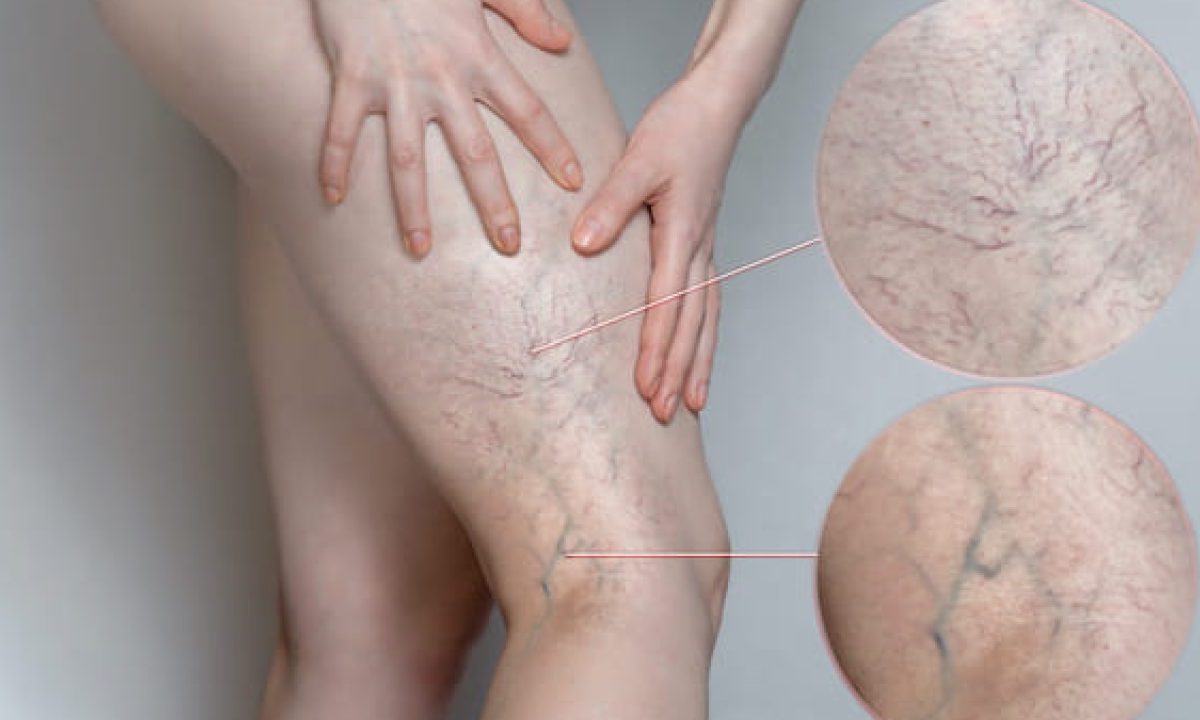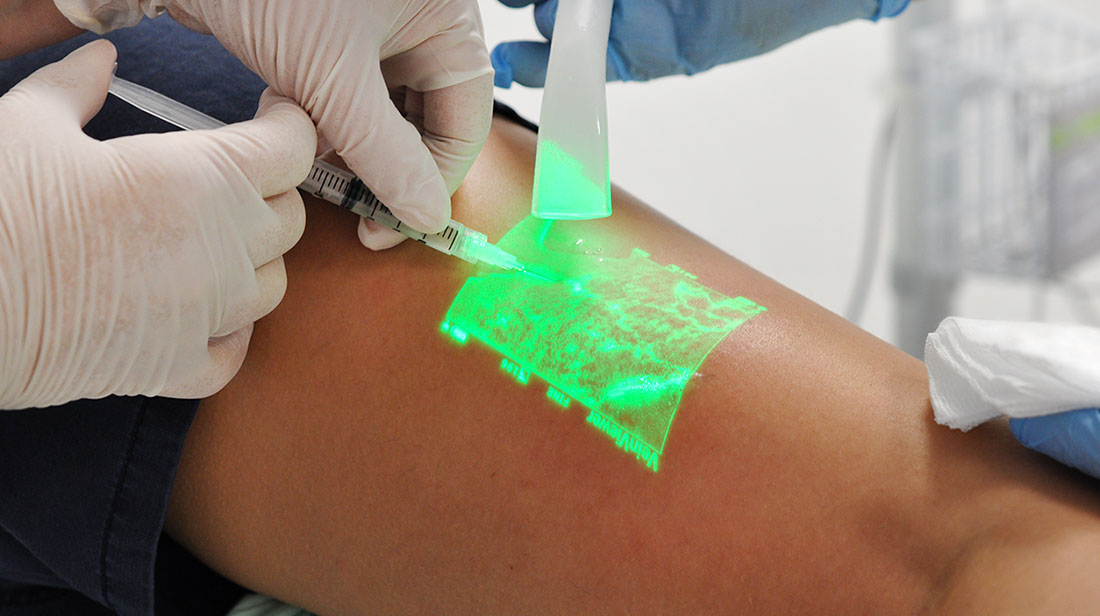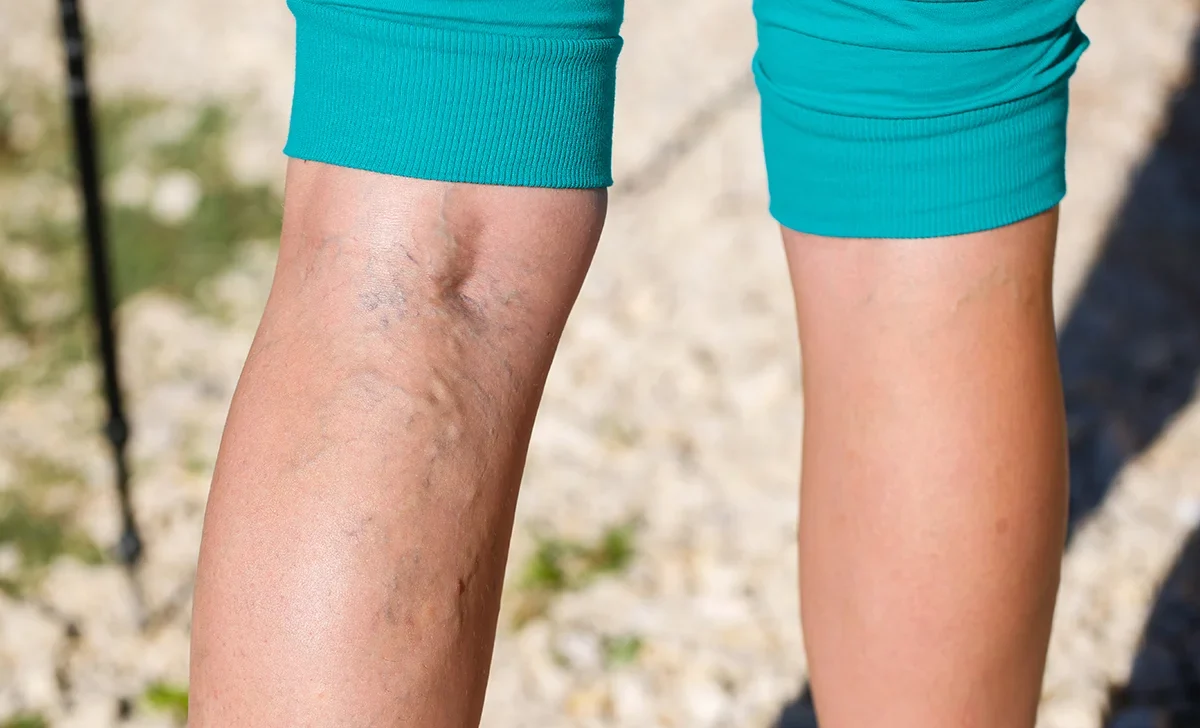Signs You Might Have a Blood Clot: When to Seek Help
Blood clots are a serious health issue that can pose life-threatening risks if not addressed promptly. Clots can form in veins or arteries, potentially obstructing blood flow and leading to serious conditions like deep vein thrombosis (DVT), pulmonary embolism, or even a stroke. Recognizing the warning signs early on can make all the difference in timely treatment and prevention of severe complications. In this article, we’ll cover the main signs of a blood clot and when to seek medical help. Additionally, we’ll highlight Dr. Ashish Dhadas’s expertise in varicose veins treatment in Mumbai, a common condition related to blood circulation issues.
1. Swelling in One Leg or Arm
Swelling in just one limb, especially the lower leg or calf, may indicate a blood clot. If you notice a sudden increase in size or feel discomfort in the affected area, it’s essential to get it checked. Dr. Ashish Dhadas specializes in varicose veins treatment in Mumbai, where issues with vein function, like varicose veins, are addressed to improve circulation and prevent clot formation.
2. Pain or Tenderness in the Affected Area
Blood clots in the legs can cause pain or tenderness that intensifies over time. This discomfort can sometimes feel like a cramp or a soreness that doesn’t go away with movement. Dr. Ashish Dhadas’s varicose veins treatment in Mumbai helps to alleviate discomfort from poor blood flow, reducing the risk of blood clots forming.
3. Red or Discolored Skin
When a clot restricts blood flow, the skin around the area may turn red, bluish, or purple. This discoloration often appears in one leg and is accompanied by warmth around the area. Varicose veins can also contribute to changes in skin color due to poor blood flow. Dr. Ashish Dhadas provides effective varicose veins treatment in Mumbai to prevent complications related to circulation issues.
4. Warmth Around the Affected Area
If you feel warmth in a specific area, especially in the lower leg, it could be a sign of a blood clot. Blood clots can make the skin in the area feel warmer than surrounding areas, which may also indicate an issue with blood circulation.
5. Difficulty Breathing or Chest Pain
In severe cases, blood clots can break loose and travel to the lungs, causing a pulmonary embolism. Symptoms include sudden shortness of breath, chest pain, or a rapid heartbeat. If you experience these signs, seek emergency help immediately, as a pulmonary embolism is a life-threatening condition.
6. Coughing or Spitting Up Blood
When a clot travels to the lungs, it can cause coughing, often accompanied by bloody mucus. This symptom requires immediate attention, as it could be a sign of a pulmonary embolism.
7. Unexplained Fatigue or Lightheadedness
Fatigue and lightheadedness can sometimes indicate a blood clot, especially if paired with other symptoms on this list. Since blood clots obstruct circulation, the body may respond with weakness or dizziness due to decreased oxygen levels in various areas.
When to Seek Help
If you notice any of these symptoms, especially if they occur suddenly or worsen over time, consult a healthcare professional promptly. Blood clots can be managed effectively with early detection and treatment.
For those experiencing symptoms related to varicose veins, consulting Dr. Ashish Dhadas in Mumbai for varicose veins treatment can help manage symptoms and improve circulation, reducing the risk of blood clots in the future.
Preventing Blood Clots
Regular movement, especially if you sit for long periods, and staying hydrated can help reduce the risk of blood clots. Additionally, avoiding smoking, maintaining a healthy weight, and managing conditions like diabetes and high blood pressure play crucial roles in preventing clot formation.
If you’re in Mumbai and have symptoms of poor blood circulation or varicose veins, consider reaching out to Dr. Ashish Dhadas. His expertise in varicose veins treatment can help alleviate symptoms and improve overall vascular health, making it less likely for clots to develop.
Conclusion
Blood clots are a serious health issue, but early recognition and timely medical attention can reduce risks and prevent complications. Watching for symptoms and seeking help when necessary can make all the difference. In Mumbai, Dr. Ashish Dhadas provides advanced varicose veins treatment, a valuable resource for those dealing with blood circulation issues related to varicose veins.





